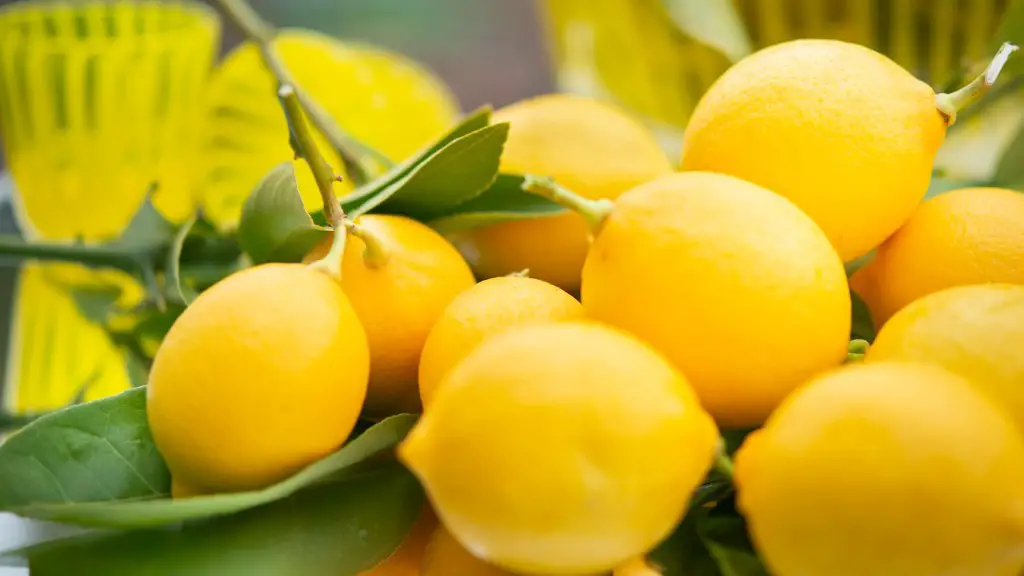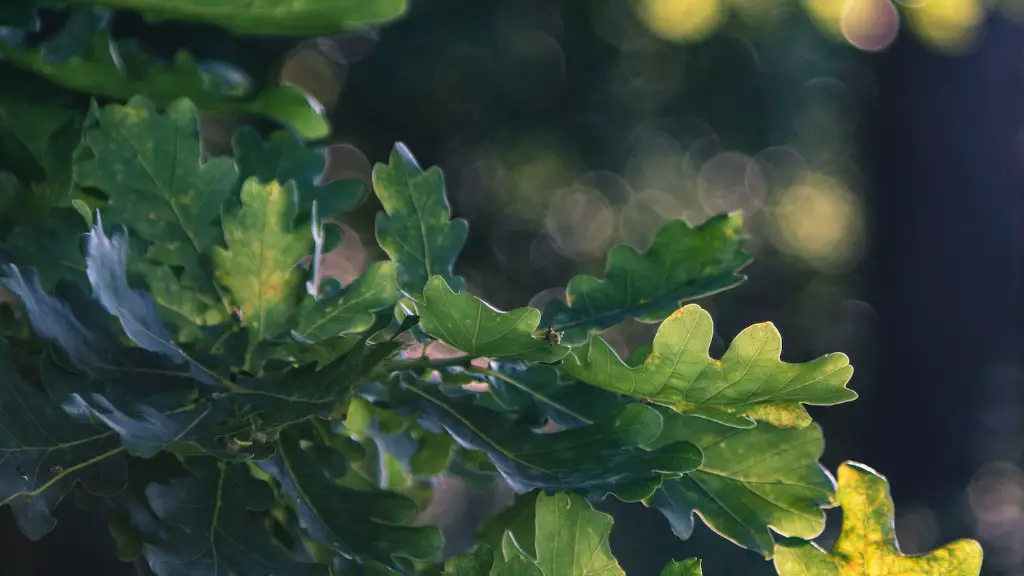Location
Avocado trees, which originated in Central America, require a warm climate to thrive. They are relatively easy to grow in areas with a well-drained soil and moderate temperatures. The optimum temperature for avocados is between 18-25°C. Hot temperatures between 30-32°C can cause leaves to curl, flowers to wilt, and fruit to ripen irregularly. Avocado trees are moderately drought-tolerant, but much of their health and crop production depends on proper watering. Without water, leaves can yellow, branches can wither, and the fruit cannot maturate.
Sunlight
Avocado trees need full sun exposure six to eight hours daily for optimal growth and fruit production. Too much shade will result in poor growth and reduced yields.
Humidity
Avocado trees require a high-humidity environment to thrive. High humidity of 80–90% during daytime hours will ensure healthy flower and fruit development. Low humidity can cause leaf drop and affect fruit size, flavor, and texture.
Wind
Avocado trees are relatively resistant to wind damage, but strong winds of higher than 45 mph over a sustained period of time can cause damage to the leaves, branches, and fruit. High winds can also dry out the soil, leading to water stress.
Soil
Avocado trees need well-draining soil that is slightly acidic with a pH between 6 and 6.5. Too much water can threaten the roots and too little water can cause fruit drop. Adding an organic fertilizer and mulch can help keep the soil structure healthy.
Maintenance
Given the right soil, sunlight, and sufficient water, a newly planted avocado tree will require minimal maintenance and will quickly reach maximum potential. Pruning helps reduce pest infestation and create a more orderly tree shape. Additionally, pruning can prevent branches from dropping low under the weight of the fruit and can allow more sunlight and air to reach the center of the tree.
Pests and Diseases
Avocado trees are susceptible to a wide range of pests and diseases. These include mites, spider mites, bacterial canker, root rot, scale and anthracnose. Control methods vary depending on the species and type of pest or disease, as well as the location and tree stage.
Frost Protection
Avocado trees are frost-sensitive, and care must be taken to prevent the tree from being exposed to extreme cold temperatures. Plants should not be planted in areas where temperatures drop below -1C.
Irrigation
Regular irrigation is necessary for healthy avocado tree growth and production. During growth, the soil should be kept evenly moist, but not wet, as overwatering can cause root rot and fungal diseases. The amount of water a tree will require will vary depending on climate, soil type, and the tree’s stage of growth, with young trees needing more water than mature trees.
Greenhouse Production
Avocado trees can be grown in a greenhouse environment, allowing year-round production of the fruit in locations with unsuitable outdoor climates. Greenhouses are beneficial in providing necessary protection from extreme temperatures and pests, as well as improving air and light circulation.
Nutrients
Avocado trees require more nutrients than some other citrus species. The tree needs a balanced fertilizer containing nitrogen, phosphorus, and potassium. Regular nutrient applications are required for healthy growth and a good yield.
Fertilization
Fertilizing avocado trees should be done every six months or so, depending on the soil and climate. A slow-release fertilizer with an analysis of 10-10-10 or 12-4-8 is recommended. Organic mulching material can provide additional nitrogen and other essential nutrients to the tree.
Pruning
Pruning is an essential part of managing an avocado tree. Pruning will help the tree produce larger and more abundant fruit, and it can also help keep the tree in a healthy, manageable shape. Pruning will also help reduce the risk of disease and pest infestation.
Harvesting
Fruit is usually ready to pick when it is a dark green colour. The fruit is ready to eat when it turns a light green to yellow colour. Harvesting can be done by hand or using a fruit picker. The fruit should be gently lifted from the tree and the stem should be trimmed, as this helps prevent spoilage and spread of disease.
Storage
Avocados should be stored in a cool, dry place and out of direct sunlight. The shelf life and taste can be extended by storing avocados in the refrigerator. Avocado puree and guacamole can be frozen, and the fruit can be dried and powdered for use in smoothies and other food applications.
Organic Production
Organic production is an option available to avocado growers. Organic production involves abstaining from the use of synthetic chemicals, fertilizers, and growth hormones. Organic techniques are beneficial for the environment, and they also produce nutrient-dense fruits with unique flavors.



